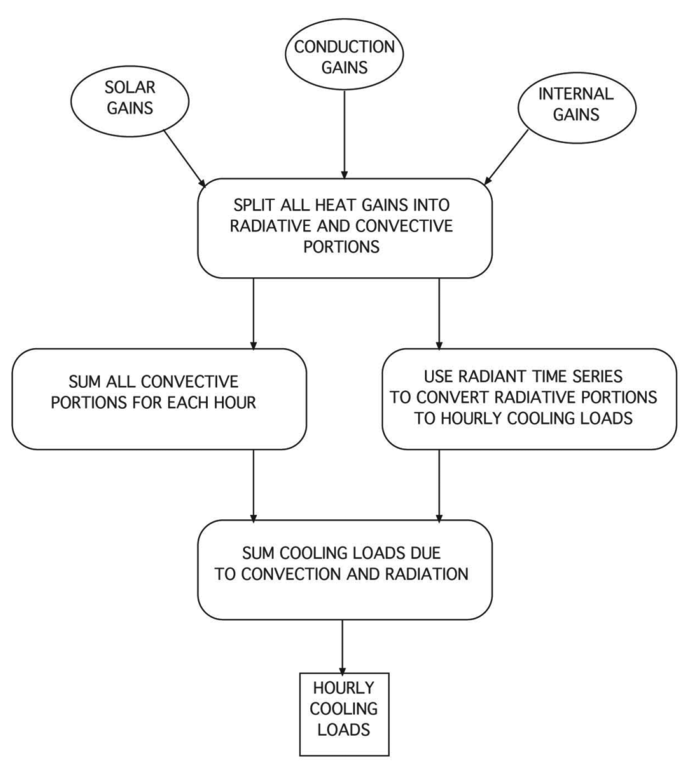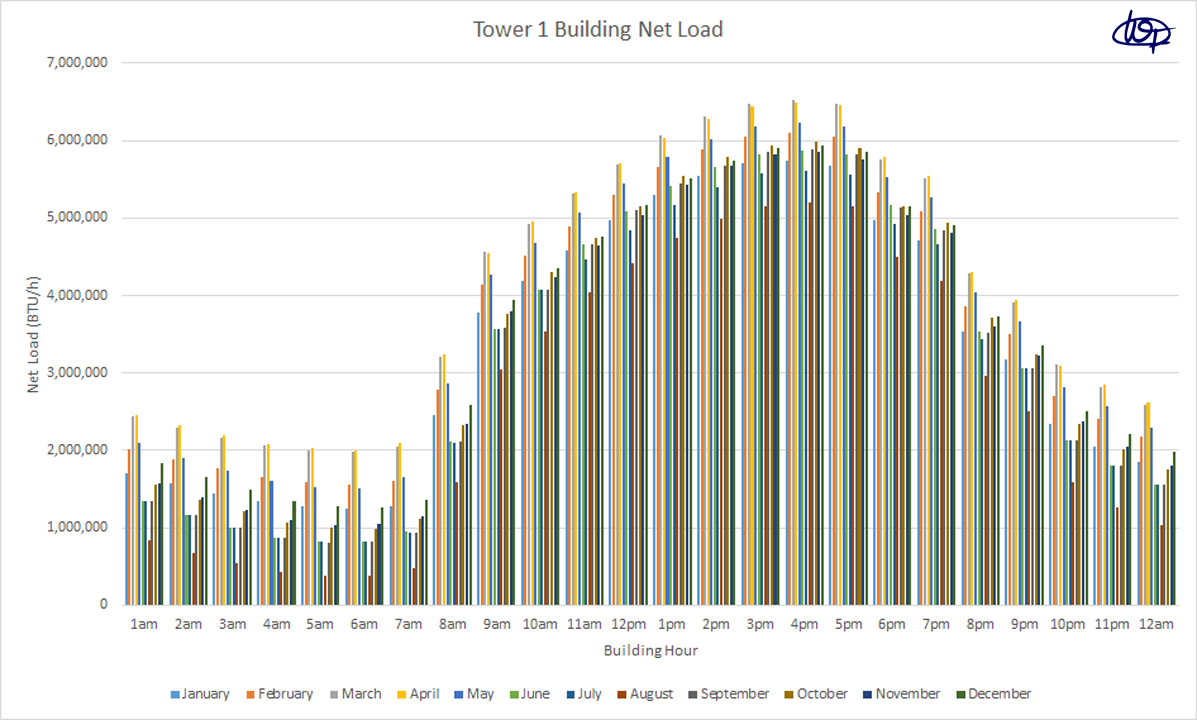Modern HVAC/ACMV design engineers use a wide range of sophisticated software calculation and modeling tools for design and analysis. In cooling load calculation, these tools can enable a designer to flexibly define operating parameters and boundary conditions to provide an estimation of hourly loads within a building. The calculation method used for load estimation, however, remains a key factor in ensuring that load estimates are as accurate as possible. Such accuracy provides opportunities for saving energy and helps to prevent oversizing of equipment.
In the past, rule-of-thumb estimates and calculation procedures such as the CLTD (Cooling Load Temperature Difference) and transfer function methods were the industry standard in determining building cooling loads. However, newer methods such as the Radiant Time Series Method (RTSM) and Heat Balance Method (HBM) have effectively replaced all other simplified methods. Unlike the computationally rigorous HBM, however, the RTSM takes advantage of the steady periodic nature of cooling load calculation, and is based upon radiant time series and steady periodic response factors for conduction. The usage of response factors reduces computation time and gives clear physical meaning to the calculation–allowing a user to visualize the effects of damping on time delay on conduction heat gains and zone response.

Figure 1: Schematic of the radiant time series method.
The RTSM may be implemented on either a spreadsheet or a commercial software solution. Depicted below is a results plot of a cooling load calculation for a commercial tower building project using the RTSM.

Figure 2: Hourly cooling load results for a commercial building calculation.
Reference: ASHRAE Load Calculation Applications Manual
Get the most accurate and up-to-date design analysis for your building project today at Winter ACMV.

Shwe Myat Myo Oo (ေရြႊျမတ္မ်ိဳးဦး)
Lead Engineer, Technical Development Division
B.S. 2016, Mechanical Engineering
Georgia Institute of Technology
Associate Member ASHRAE
Member ASME


Please give me rule of thumb table